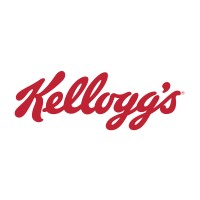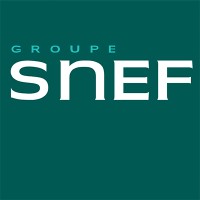
Kellogg Company
At Kellanova, our vision is to be the world’s best performing snacks-led powerhouse, unleashing the full potential of our differentiated brands and our passionate people. Powered by our strategy to Differentiate, Drive & Deliver, we are a leading company in global snacking, international cereal and noodles, and North America frozen foods, with iconic, world-class brands and strong underlying growth momentum and profitability. Our purpose is to create better days and a place at the table for everyone through our trusted foods brands. As part of this purpose, we are committed to advancing sustainable & equitable access to food by creating Better Days for 4 billion people by the end of 2030.






